Description
A clinician’s guidebook for treating developmental trauma–Apply the NeuroAffective Relational Model (NARM) to help clients overcome complex post-traumatic stress disorder (C-PTSD), recover from adverse childhood experiences (ACEs), and map post-traumatic growth.
The Practical Guide for Healing Developmental Trauma introduces a cutting-edge therapeutic model for addressing attachment, relational, and developmental trauma in a clinical setting. NARM is an integrated mind-body framework that identifies and treats the complex ways childhood trauma can manifest in interpersonal difficulties, maladaptive patterns, identity issues, and disrupted affect regulation.
Integrating the latest research on adverse childhood experiences, or ACEs, it arms psychologists, psychiatrists, social workers, and trauma-informed therapists with the skills and tools they need to help clients break free from the lasting effects of childhood trauma.
The Guide is a go-to tool that explains:
- The four pillars of the NARM therapeutic model
- Cultural and Intergenerational trauma
- Shock vs. Complex trauma
- Adverse Childhood Experiences and Complex Post-Traumatic Stress Disorder
- How to differentiate NARM from other therapeutic modalities
- NARM’s organizing principles
- How to integrate NARM into your therapeutic practic
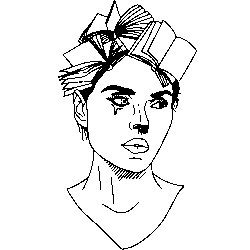
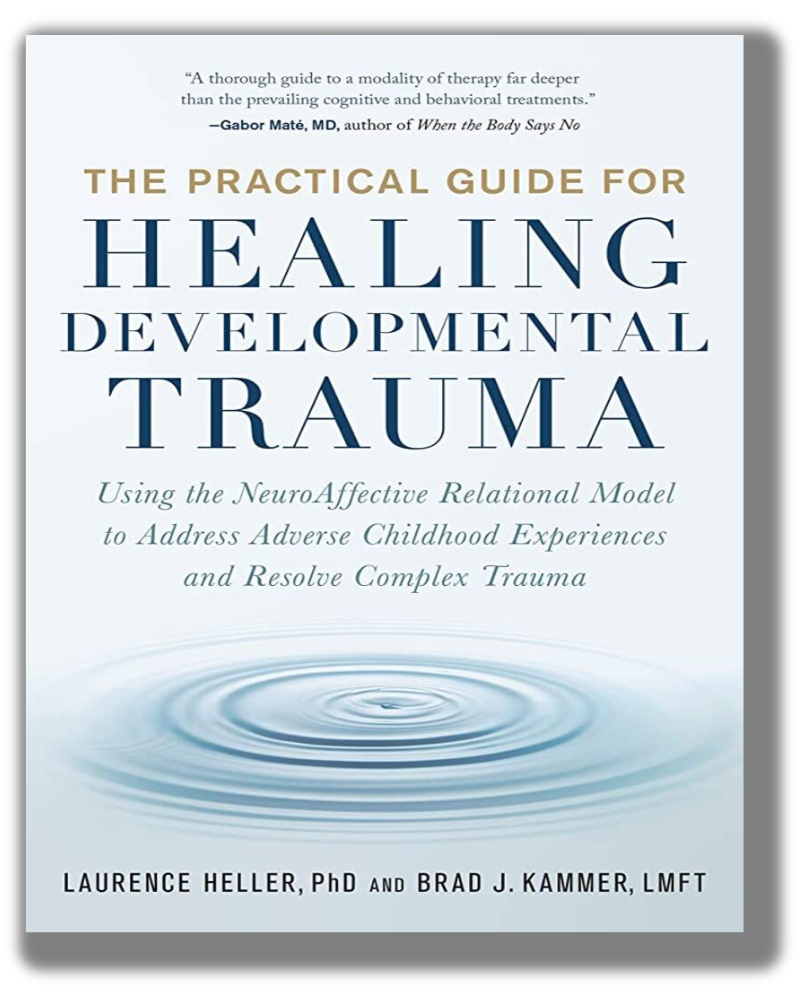

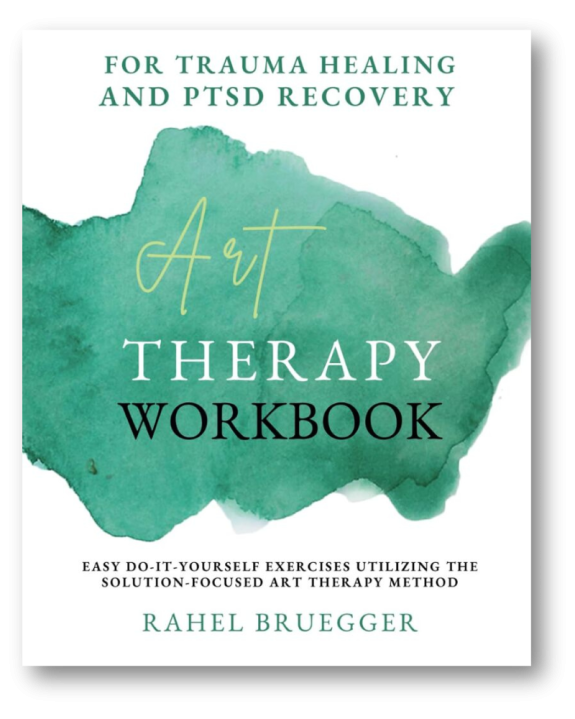

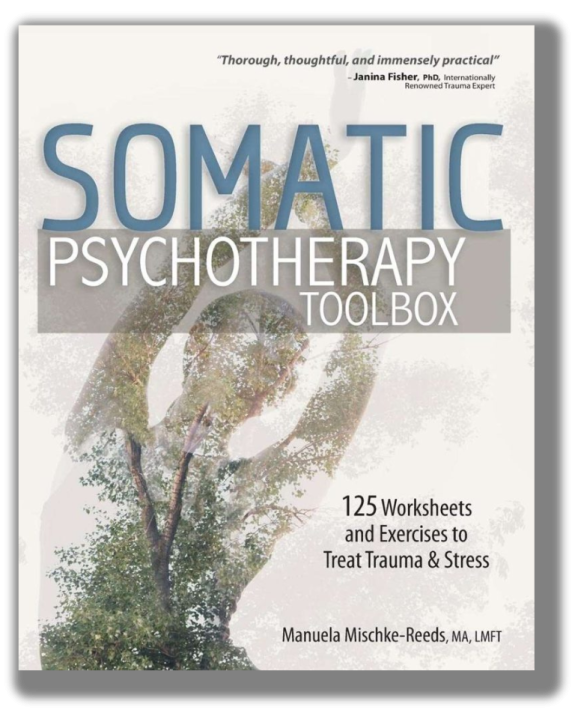
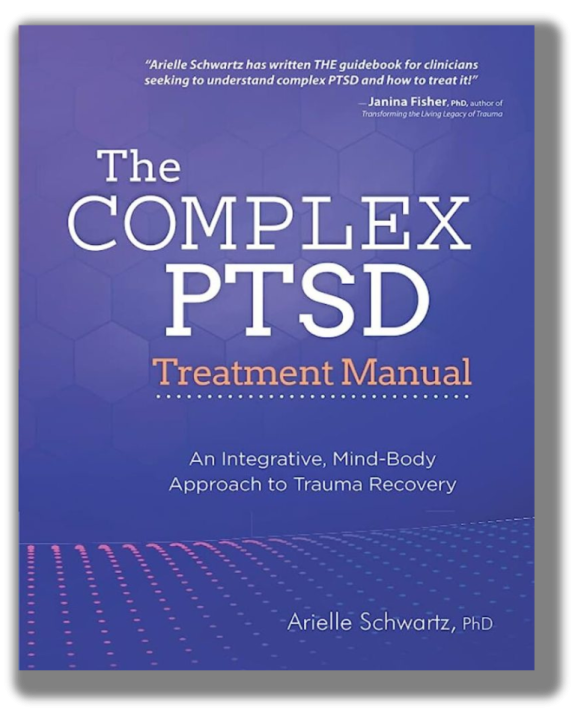
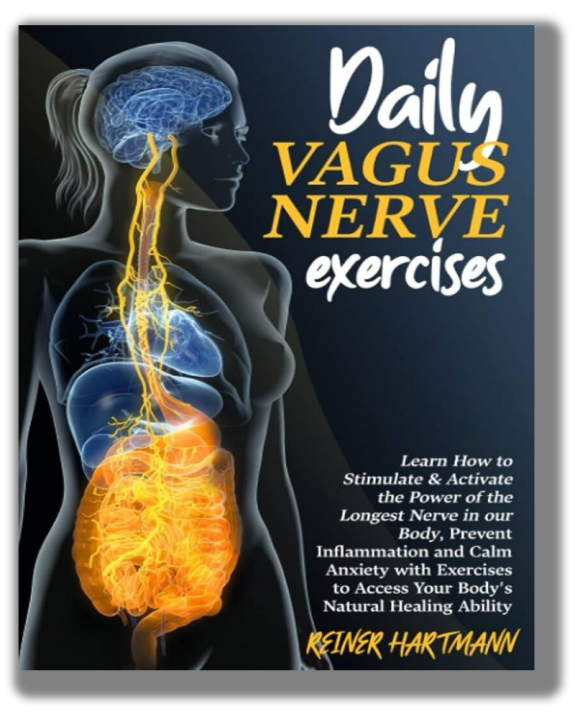
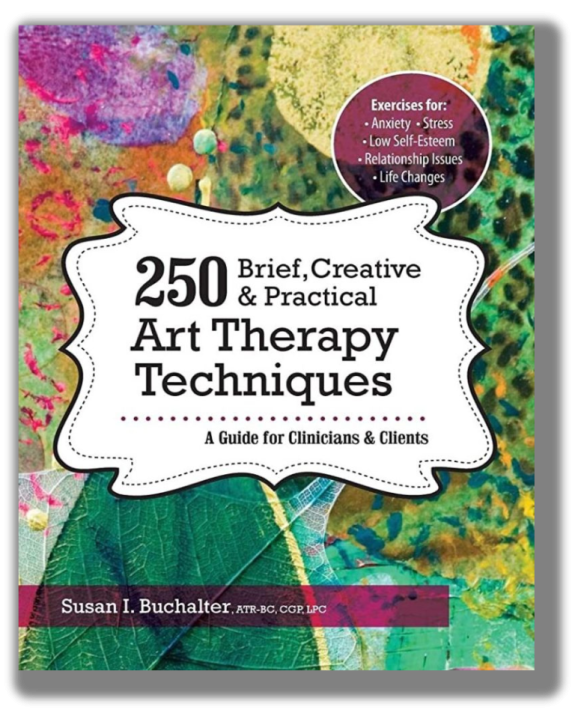
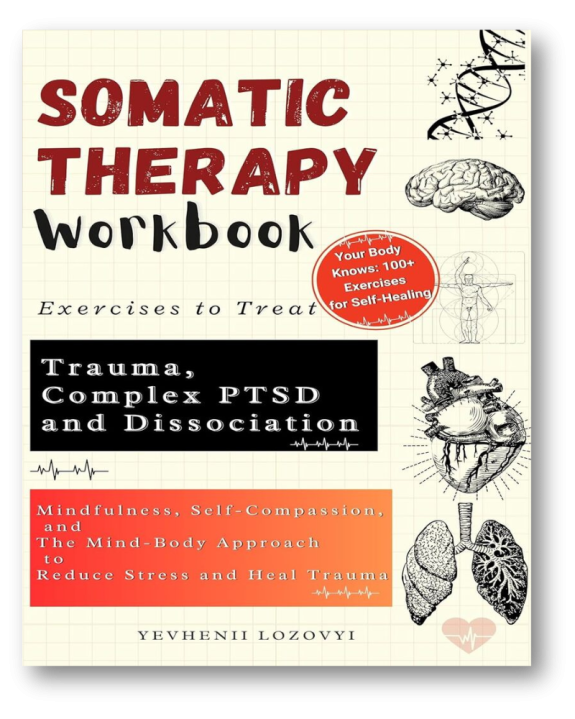
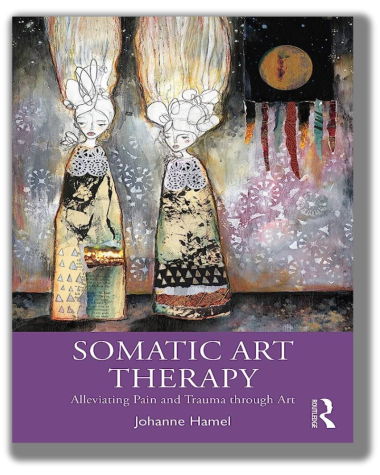
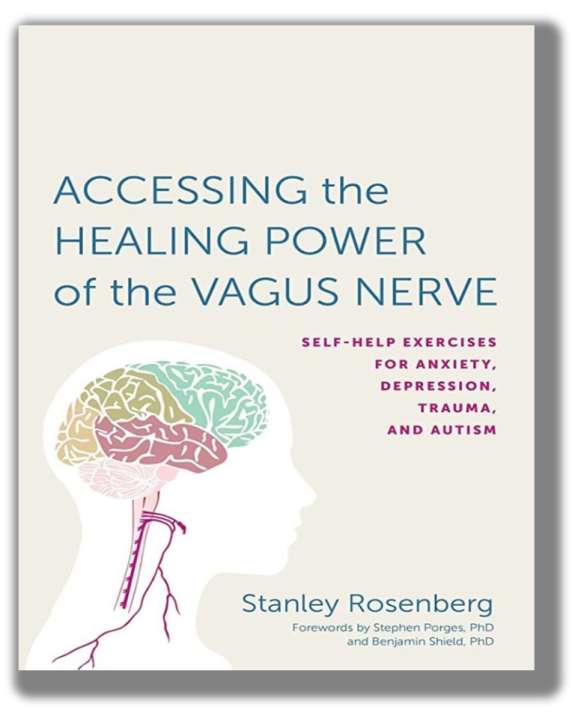
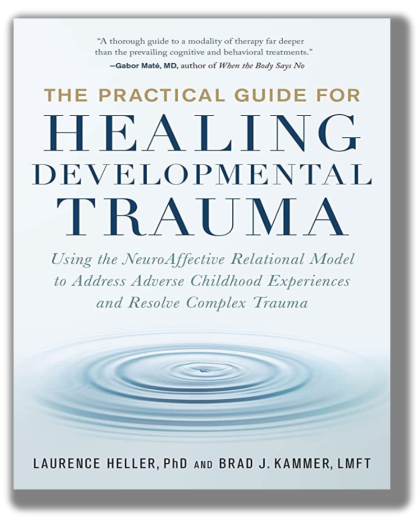
Thank you both, Larry and Brad, for this gift of a guide. It is one of the few books that has, with its practical aspects backed up by a deep philosophy of how to be in life, the potential to change the world. If more humans read it and take one learning away from it, we would be in a better place!
This book is an excellent introduction to the application of NARM and psycho education of C-PTSD. The authors do an excellent job of bringing humanity to the subject that is often missing from the field. For those that resonate with this book I suggest the training for a more in-depth learning experience to increase the one’s skill set.
The Practical Guide to Healing Developmental Trauma is a gamechanger. The lessons, exercises and outright deconstruction of real therapy sessions give incredible insight. I recommend this book to anyone supporting or dealing with complex or developmental trauma. Even if it is you going through your learning and healing journey. This book is written in an accessible and supportive way. I am a business leader, coach and consultant and find practical applications for this work in every one of those settings on a daily basis. Thank you for writing this book, creating this model and sharing it in such an accessible way.
I have eagerly awaited the release of this book! Ten years ago, Healing Developmental Trauma, which introduced The NeuroAffective Relational Model (NARM), changed my life personally and professionally. The Practical Guide for Healing Developmental Trauma does a fantastic job detailing the major principles of this cutting-edge model. The book is written for clinicians and laypeople alike and is an invaluable resource for anyone wanting a deeper understanding of how to address the far-reaching effects of developmental, relational, and generational trauma.
The Practical Guide for Healing Developmental Trauma not only contributes to the growing body of trauma-informed literature, but presents a pragmatic approach for clinicians and practitioners in other helping professions interested in learning how the NARM perspective facilitates trauma-informed care. The book also includes Reflective Exercises for the reader aimed at developing a sense of curiosity about potential impediments in their own developmental history. It is essential reading for anyone seeking to understand NARM principles, how those principles differ from conventional treatment perspectives, and how they can be applied across a broad spectrum of clinical and non-clinical scenarios.
Full disclosure: I am a psychotherapist that specializes in treating developmental trauma and a Training Assistant with the NARM Training Institute. Even after studying the NARM model for the last 8 years and incorporating its principles in my psychotherapy practice, this book offered fresh insights that support me in deepening my work with clients. I especially appreciated the chapters on “Reinforcing Agency” and the “NARM Relational Model.”
Anyone curious about what a NARM session is like may be interested in the two clinical transcripts of NARM sessions given by each of the authors in the back of the book. For the layperson who may be interested in this book for their own personal growth and understanding, I will share that many of my clients have started reading The Practical Guide for Healing Developmental Trauma and find it an illuminating and inspiring resource in their healing process.
About NARM: It is impossible to overstate the impact the NeuroAffective Relational Model (NARM) has had on my life, personally and professionally. As Complex Trauma (C-PTSD) and its subset, developmental trauma, become more recognized and better understood, NARM is the only model that so effectively and reliably addresses this (ubiquitous?) phenomenon. It draws from attachment, psychodynamic, somatic, and interpersonal neurobiology theories and manages to integrate all of my previous experience and learning into a seamless whole. As a client, it finally helped me (after trying all of the things) to experience my life with hope, ease, and clarity. As a practitioner, the transformation I get to witness and support is profoundly inspiring. The model is deeply respectful of the client, the practitioner, and the sacred space in between.
About The Practical Guide for Healing Developmental Trauma: NARM is a complex and nuanced model. Certainly, mastery requires deep study and practice. However, this new book gives a comprehensive lay of the land and ways to start applying the model right away. The many reflective exercises offer opportunities to get a taste of the experiential nature of working with NARM. This book is a significant contribution to the resources available to clinicians and clients who are working with developmental trauma. I have enormous gratitude to Laurence Heller and Brad Kammer for bringing this work to the world. Thank you!